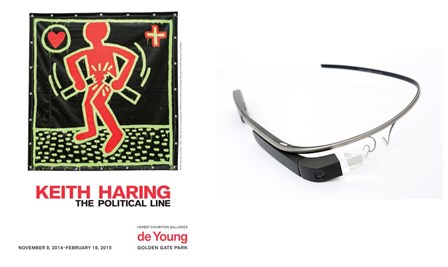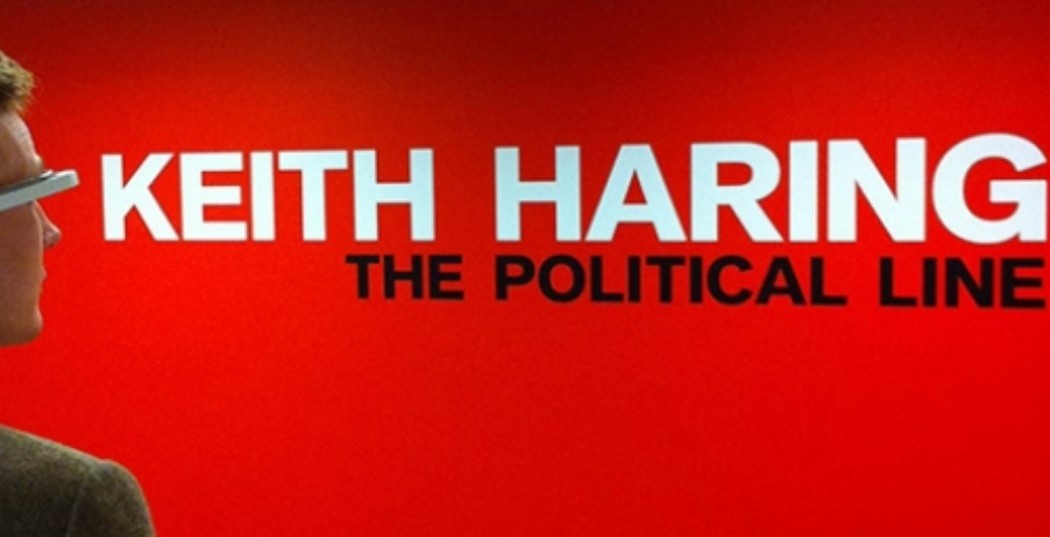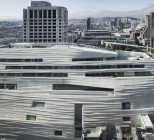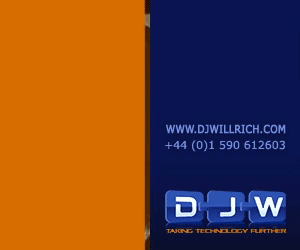Its tour augments the exhibition Keith Haring: The Political Line by providing museumgoers with images, audio and video relevant to select works of art.
The Fine Arts Museums partnered with the GuidiGO publishing platform to create this new tour experience, with the support of the Google Glass team.
Content was created in collaboration with Antenna International, the Keith Haring Foundation and the curators of the exhibition, Dieter Buchhart and Julian Cox.
“As an institution located in a cradle of technological innovation, the Fine Arts Museums are pleased to participate in an initiative that provides models for a deeper engagement with the collections and exhibitions under our care. We’re excited to incorporate this pilot multimedia tour into our broader educational mission,” said Colin B. Bailey, director of the Fine Arts Museums of San Francisco.
“Wearing Glass in the gallery is like embarking on a multimedia journey, with visual archives, contextual music and testimonials revealing the artworks’ hidden stories.

“Within minutes, visitors completely forget they are even wearing Glass, as the screen subtly turns on only when needed,” said David Lerman, CEO of GuidiGO.
Glass Explorers will access archival audiovisual materials that feature Keith Haring speaking about his work, the influences of graffiti and street life on his aesthetic, and the social justice issues about which he was most concerned.
The tour also includes multiple interviews with those who were closest to Haring, including his sister Kristen Haring, his close friend and former studio assistant Julia Gruen (now executive director of the Keith Haring Foundation), fellow artist David LaChapelle, and Tony Shafrazi, who gave Haring his first official gallery show.
“Utilizing Google Glass as an interpretive platform in museums introduces an exciting and truly hands-free approach to the touring experience,” said David Falter, President and CEO of Antenna International the leading provider of technology, content and related services to the world’s artistic, historic and cultural institutions.
“As expert storytellers, we’re used to choreographing multimedia content for both the ear and the eye; now we’re using wearable technology to explore new modes of storytelling to create deeper engagement with audiences and provide innovative ways to view works of art.”
Back to top






